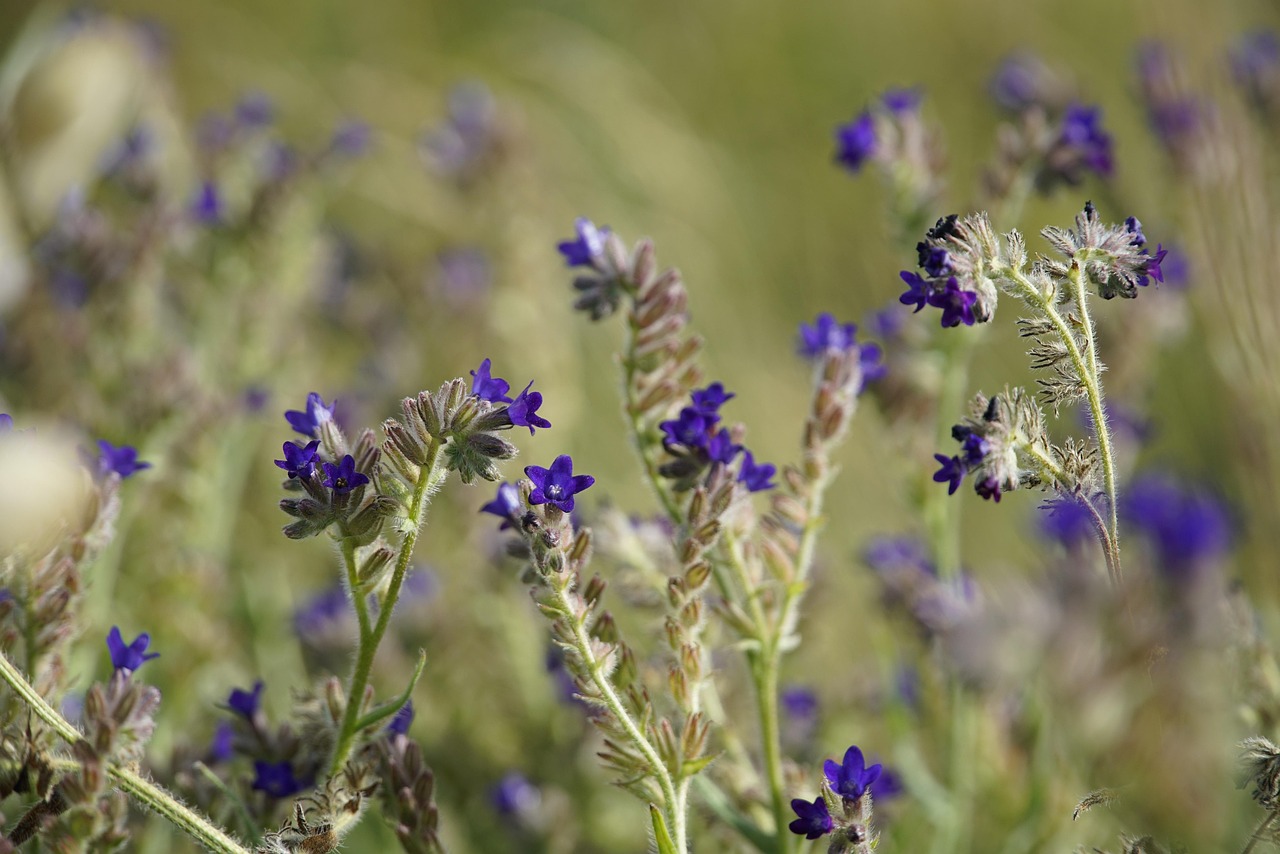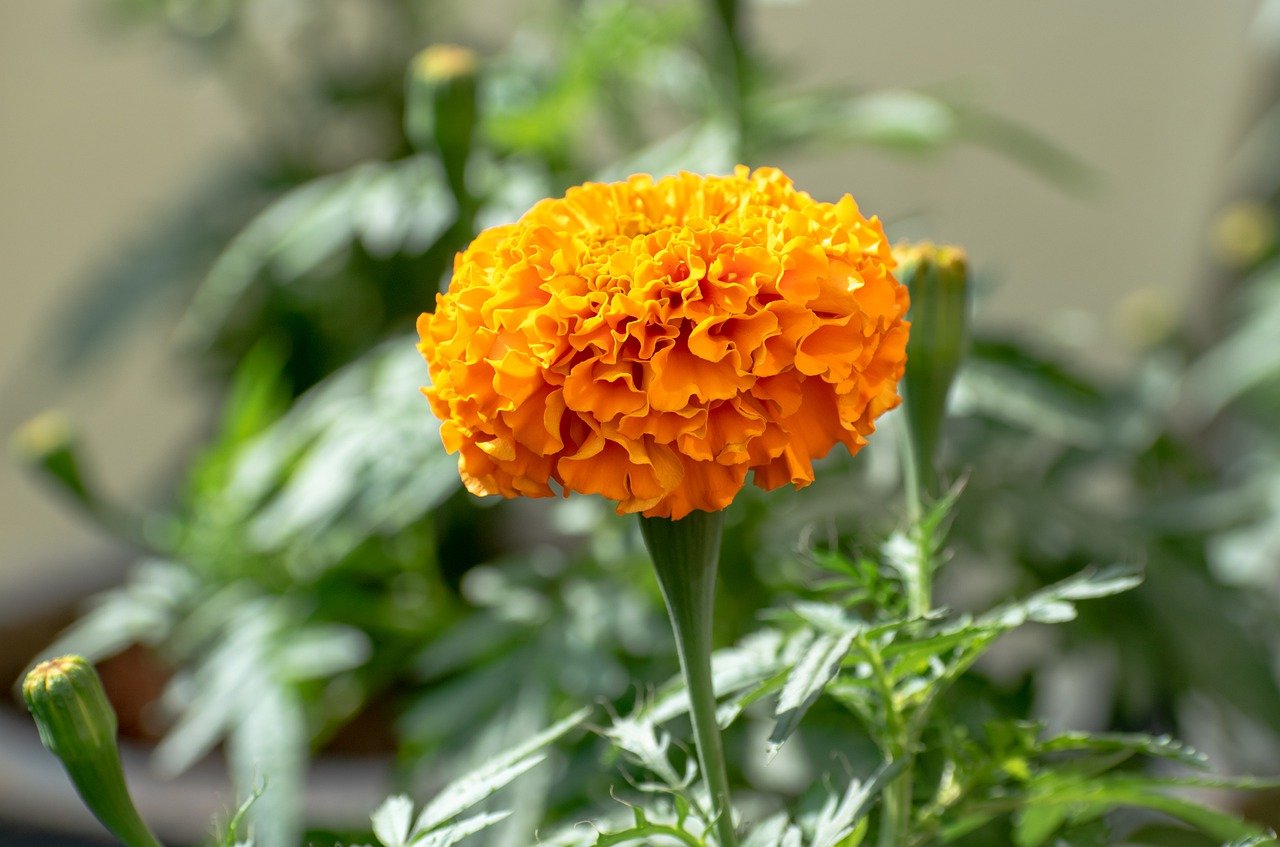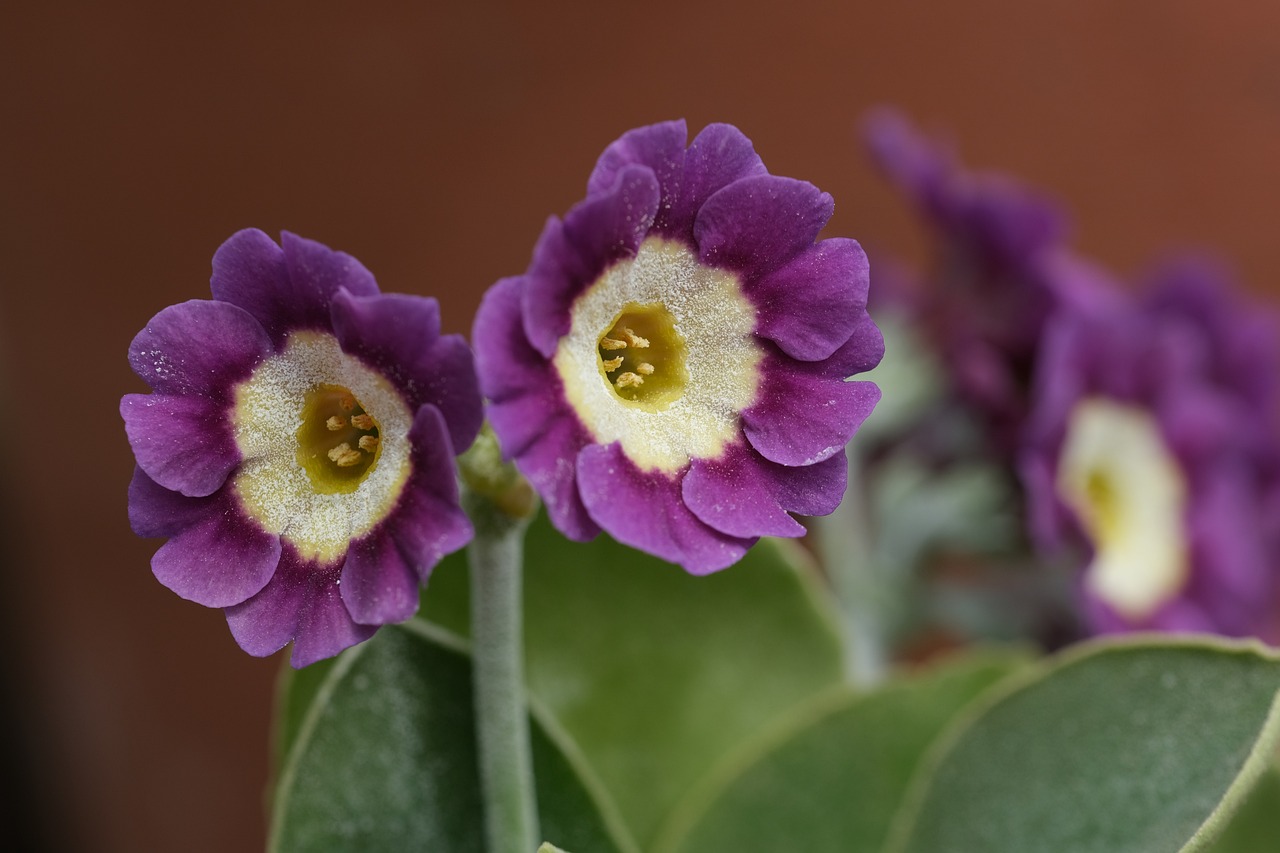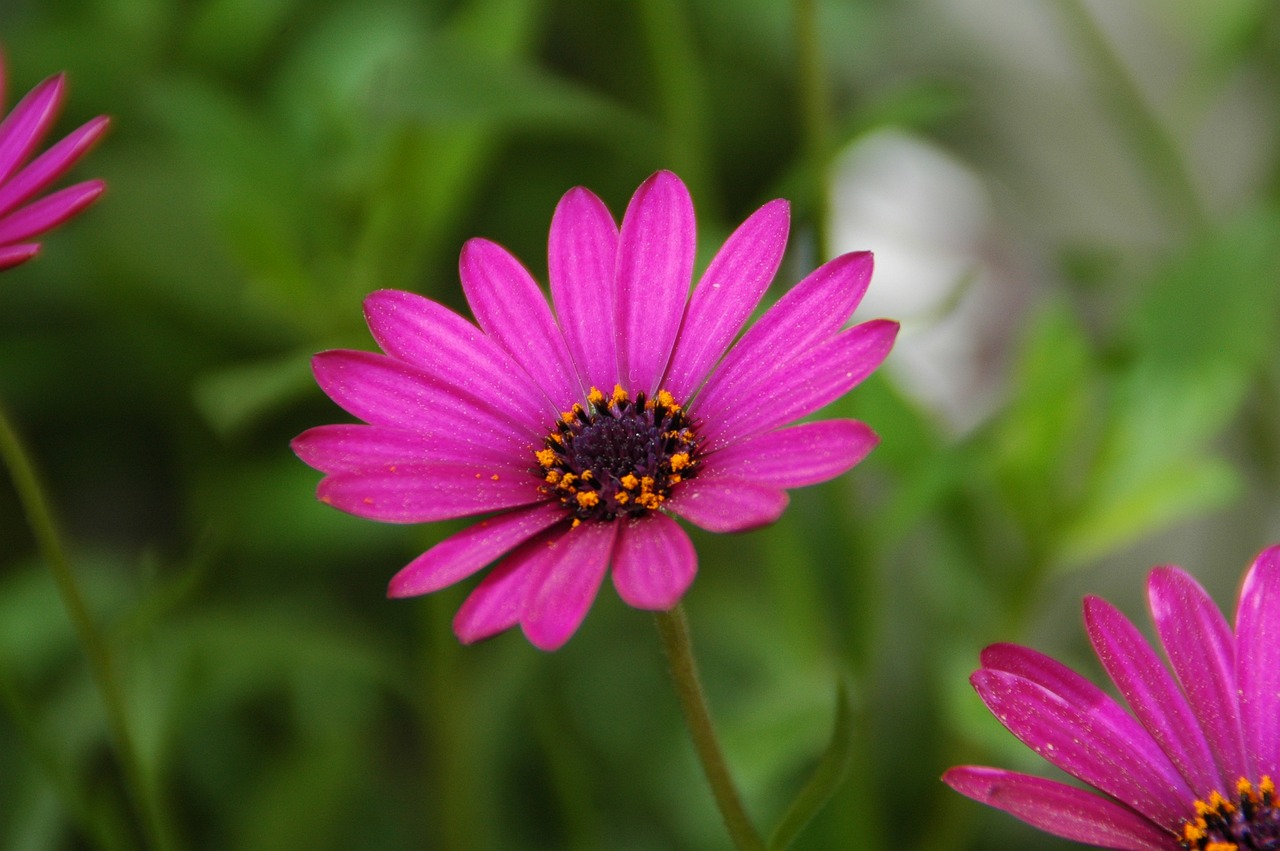Bergenia crassifolia | An Evergreen Flower that Colors the Highlands
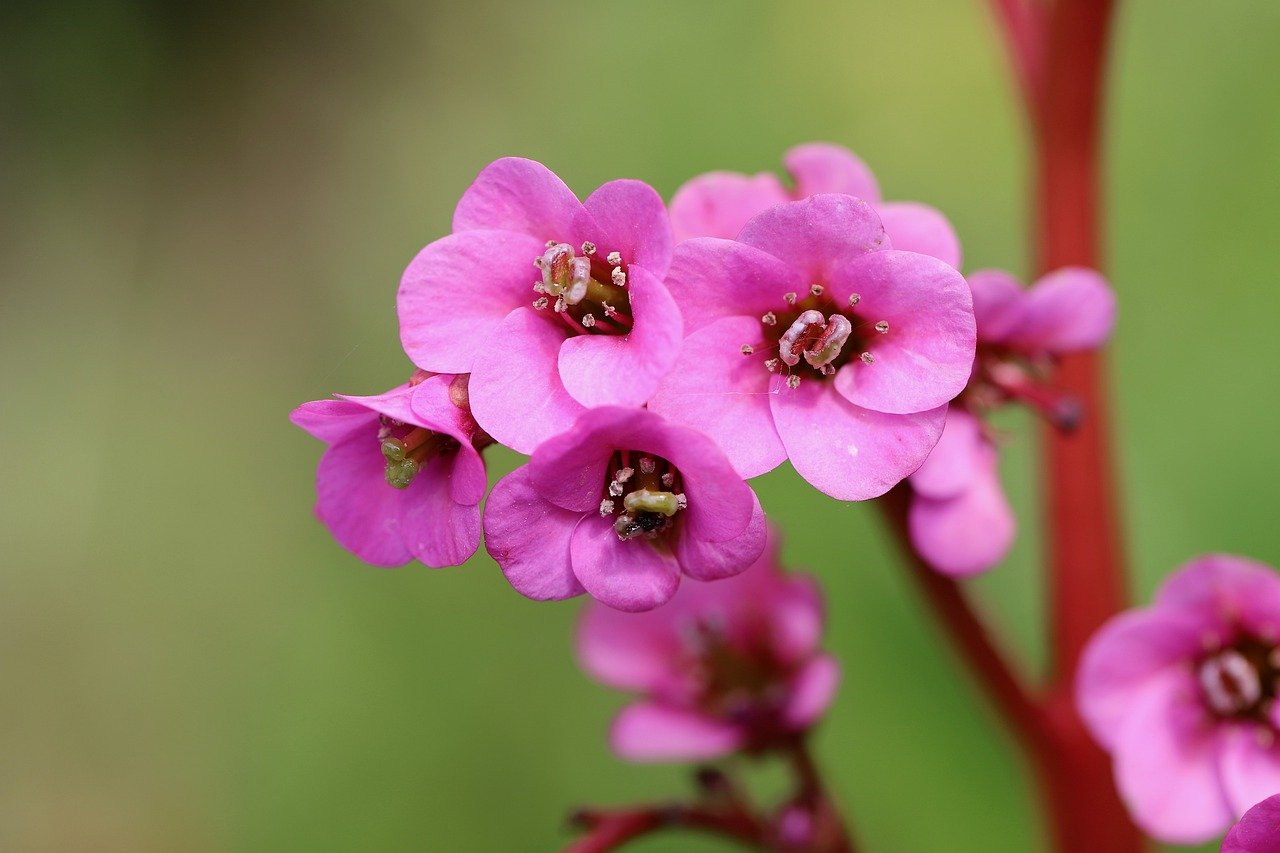
I would like to introduce Bergenia crassifolia, a hardy evergreen perennial known for its large glossy leaves and vibrant flowers. As a popular ground cover in gardens, it is valued for maintaining its vivid green foliage even during winter, making it a cherished presence in many landscapes.
In this article, I will explain in detail the basic information, cultural and historical background, and key points for cultivating Bergenia crassifolia.
Basic Information
- Scientific name: Bergenia crassifolia
- Family: Saxifragaceae
- Origin: Himalayan region, Siberia
- Appearance:Bergenia crassifolia spreads its large oval-shaped leaves close to the ground. The leaves have a leathery texture with a glossy surface, and they may turn reddish during winter. In spring, clusters of small pink to purplish-red flowers bloom on tall upright stems, creating a striking display.
- Flowering season: March to May (depending on region and climate)
Cultural Characteristics Around the World
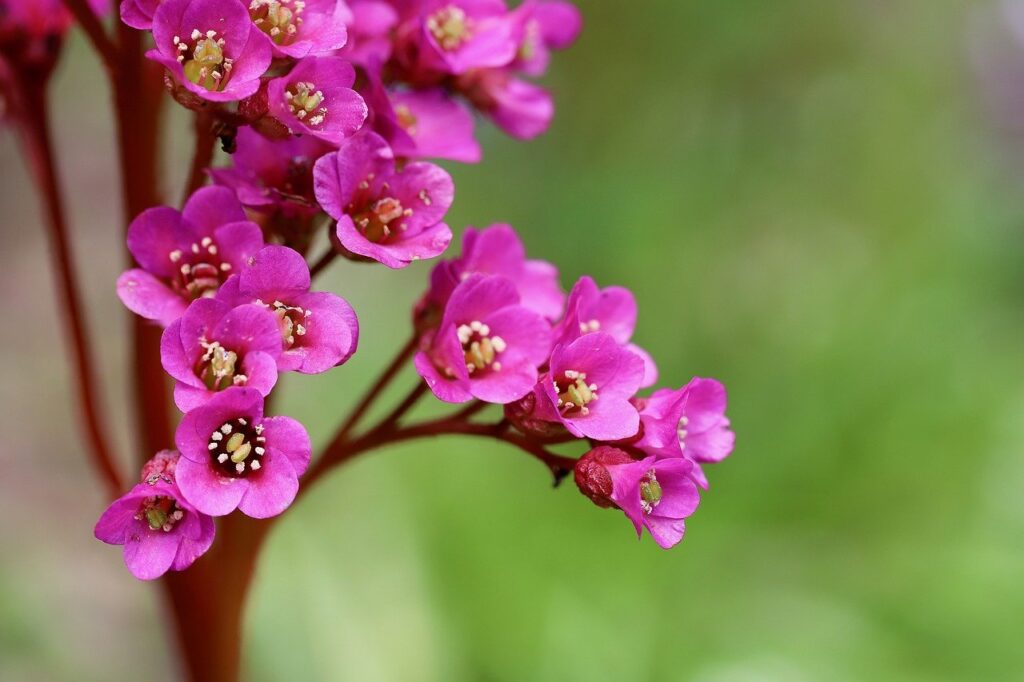
Thanks to its cold resistance and striking beauty, Bergenia crassifolia is widely planted in gardens and public spaces, particularly in colder regions.
In Europe, it is affectionately known as “Winter Blossom” because it keeps its vivid greenery throughout winter.
In garden design, it is often used as an accent in shade gardens and rock gardens.
In Asia, where it naturally grows in the Himalayas, it is deeply connected with highland culture. Its resilience and year-round beauty have also given it symbolic meaning in nature worship and as a guardian of the land.
Historical Background
Bergenia crassifolia was introduced to Europe in the late 18th century, where its cold hardiness and ornamental value attracted attention.
During the Victorian era, it became widespread in British garden culture, especially as a plant that brightens winter gardens.
It also gained popularity in Russia and Northern Europe, becoming an indispensable feature in parks and winter landscapes.
In the Himalayan region, it has long been part of local life, and its thriving growth has been regarded as a symbol of “strength to endure even in harsh climates.”
Gardening Advice
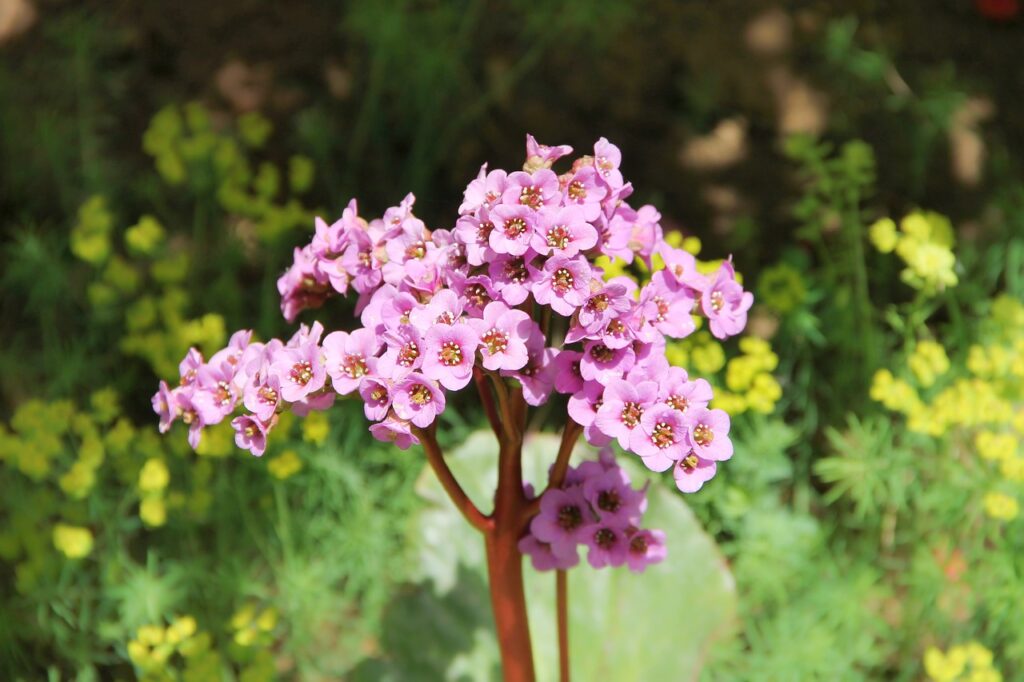
While Bergenia crassifolia is hardy and easy to grow, proper care will enhance its beauty.
Sunlight
Prefers partial shade to full sun. Avoid strong direct summer sunlight by providing partial shade.
Watering
Keep the soil moderately moist. Water when the surface soil is dry, paying attention to prevent excessive dryness in summer.
Soil
Well-drained fertile soil enriched with leaf mold or peat moss is ideal. Slightly acidic to neutral soil is preferable.
Fertilizer
Apply slow-release fertilizer in the growing seasons (spring and autumn). Avoid over-fertilizing, as this may cause excessive foliage growth and fewer flowers.
Cold Hardiness
Extremely hardy, requiring no special winter protection. In very cold regions, cover the base with fallen leaves to protect against harsh winds.
Conclusion
Bergenia crassifolia is a valuable plant that offers vivid greenery even in winter, adding seasonal beauty to gardens throughout the year.
Its ease of cultivation makes it suitable for both beginners and experienced gardeners.
By learning about its history and cultural background, I hope you will enjoy growing this enduring plant in your own garden.


